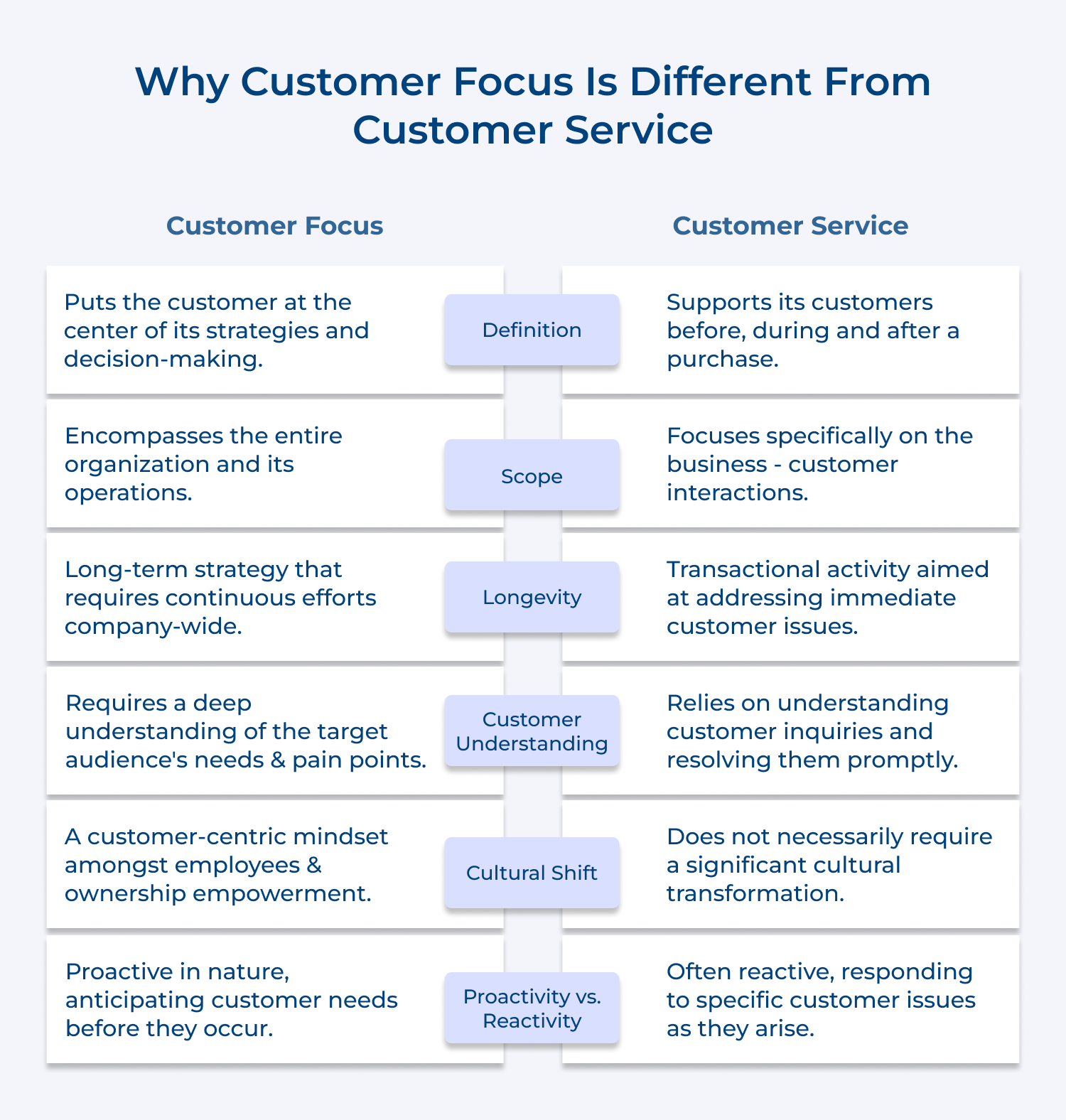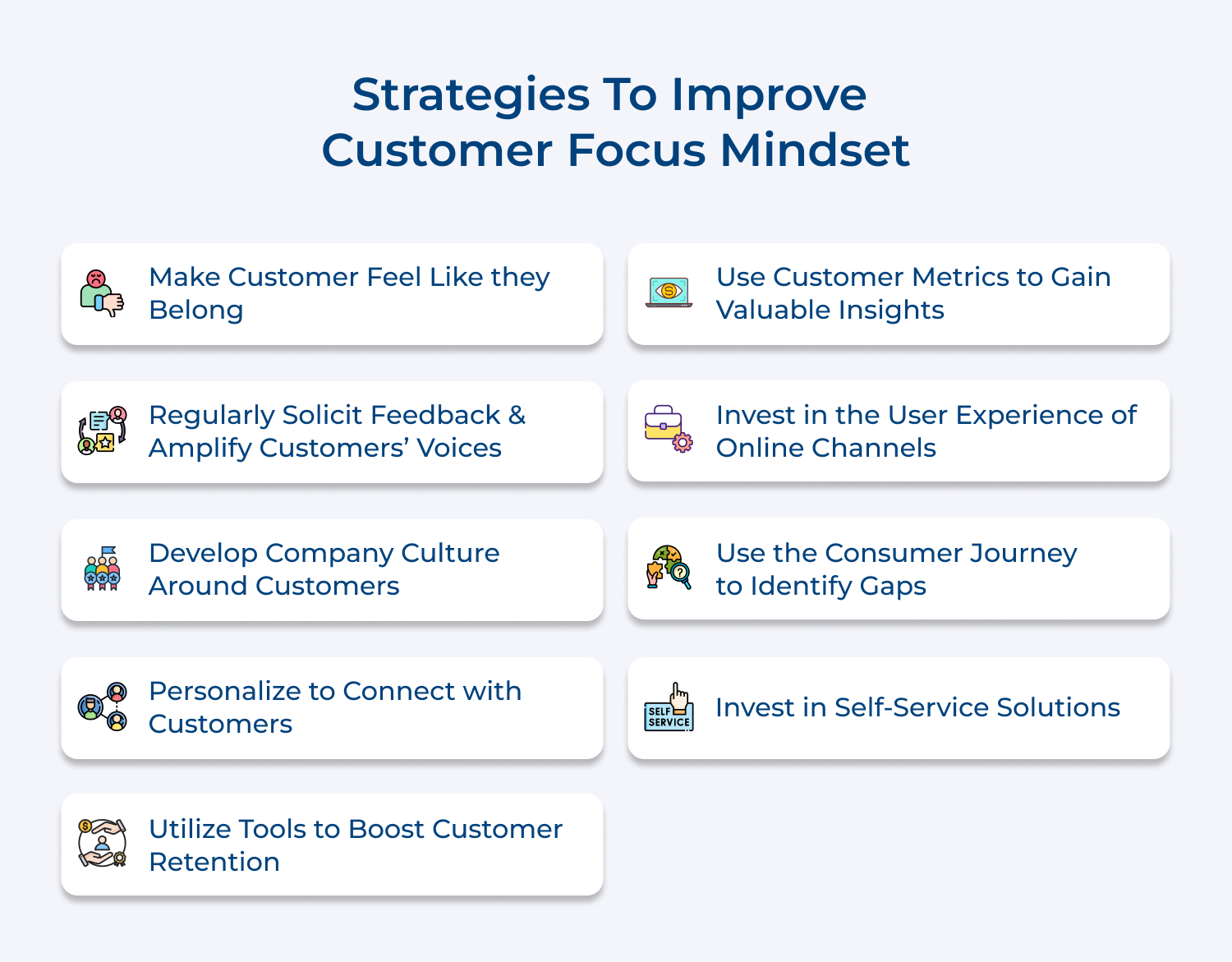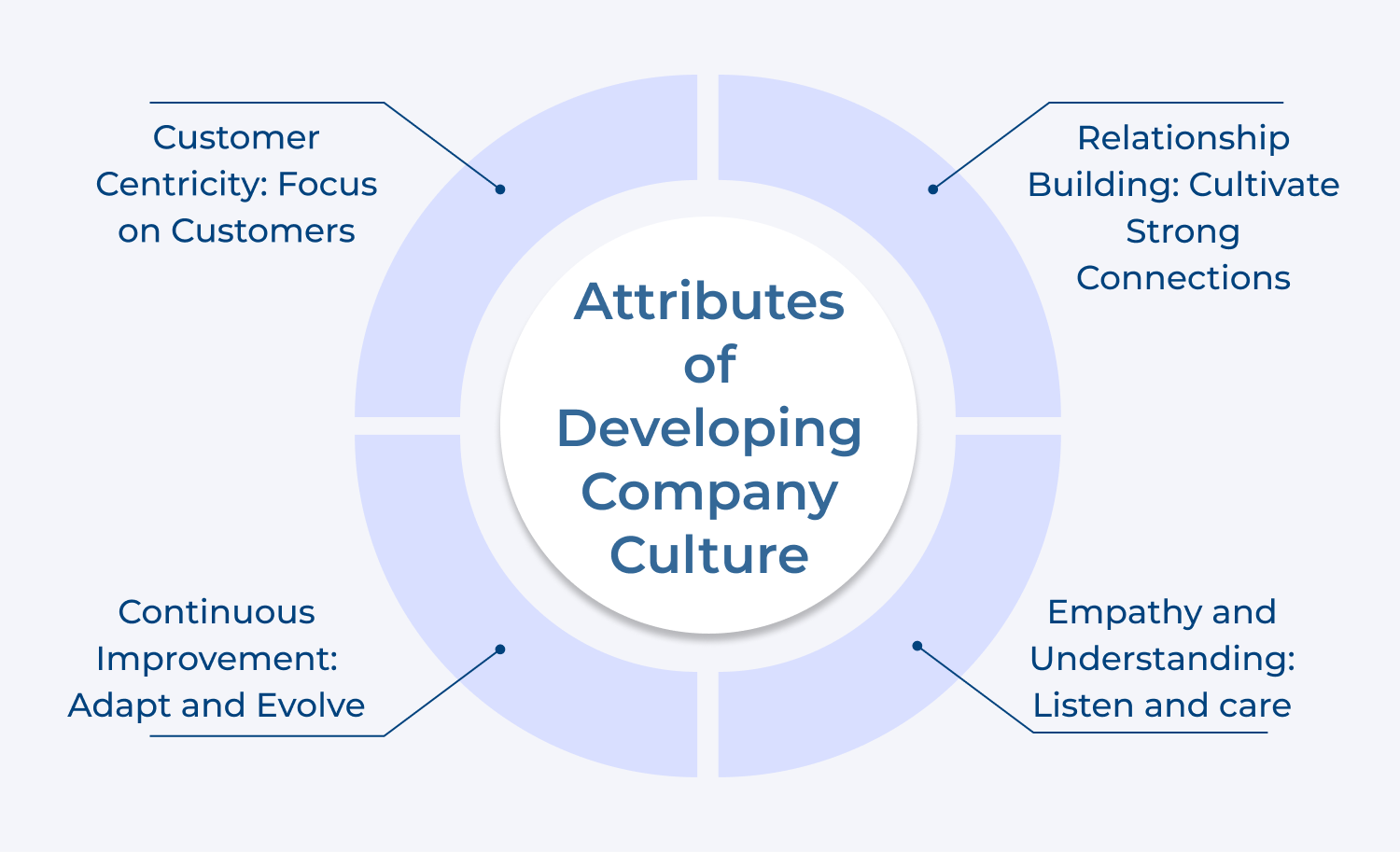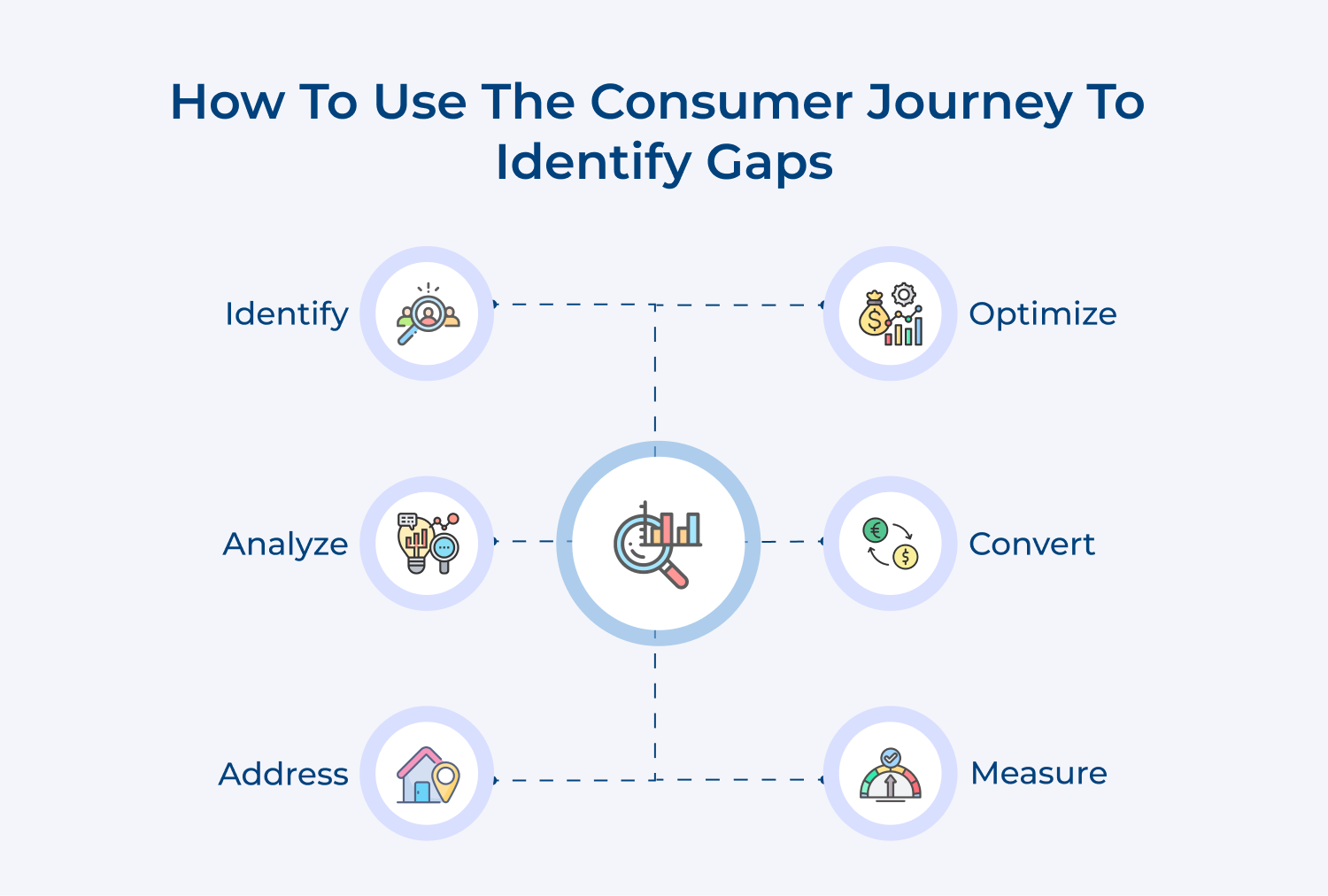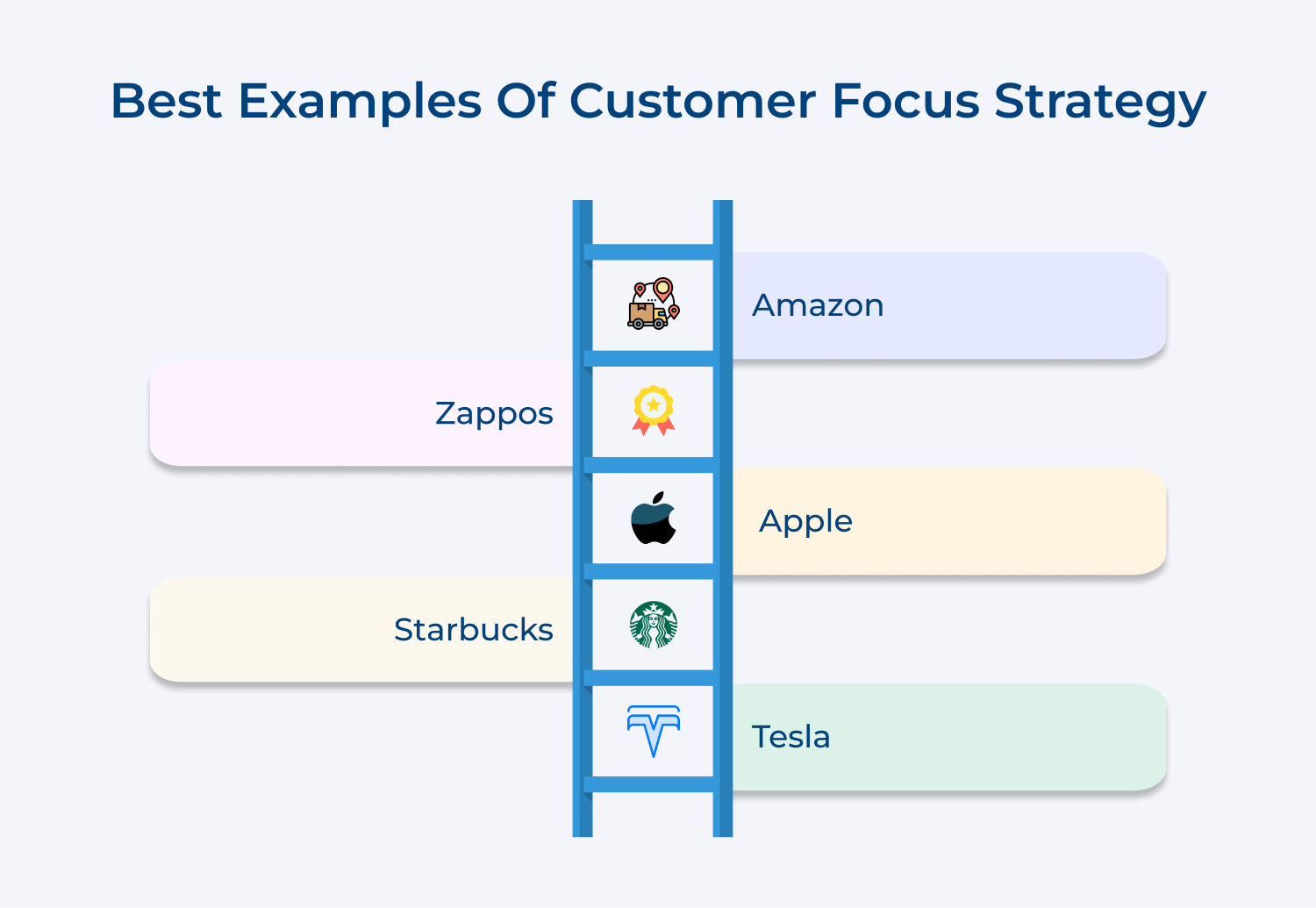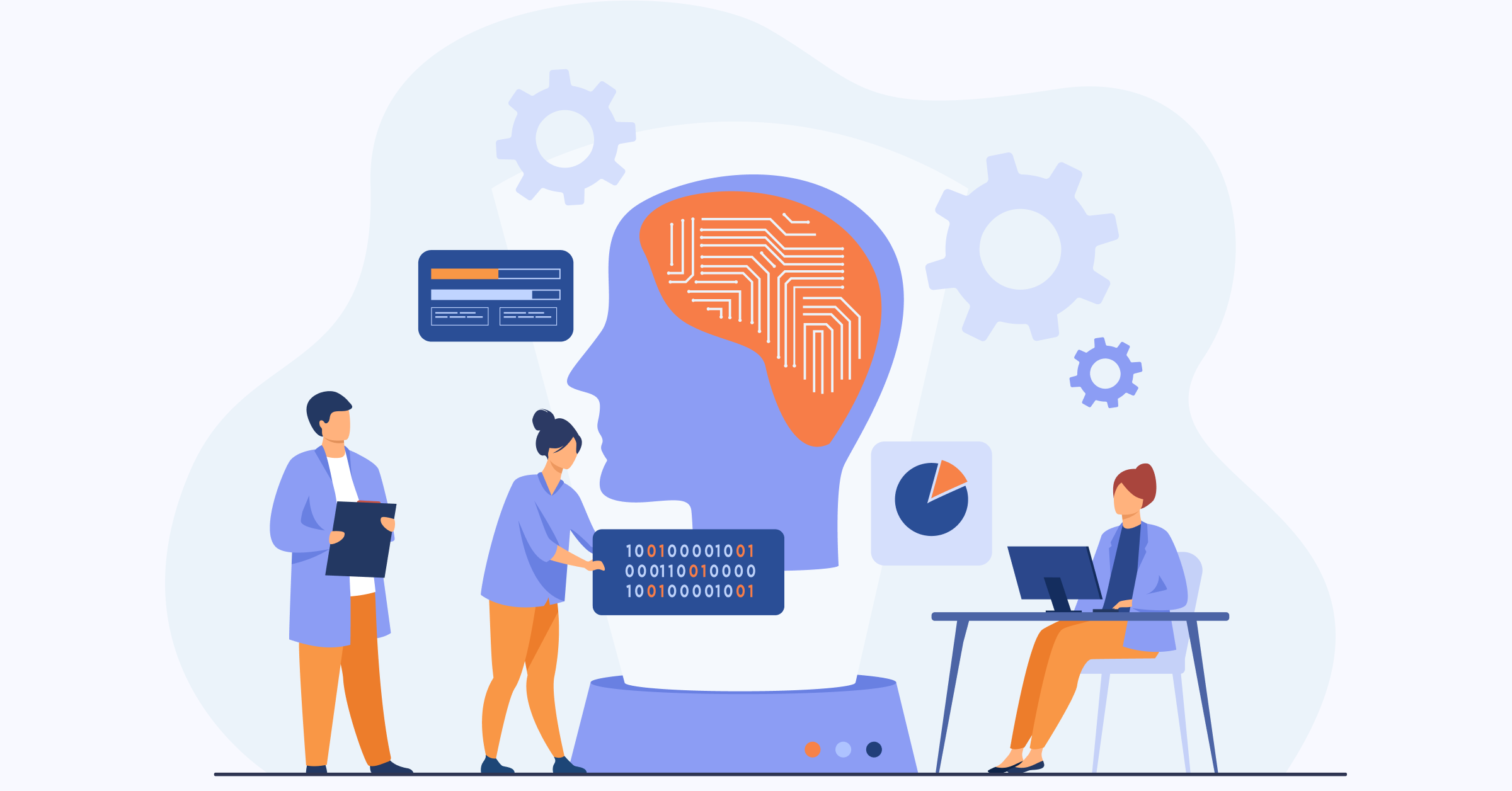1. Definition
Customer service refers to the specific activities and processes implemented by a company to address customer inquiries, complaints, requests etc. It involves providing information, support and solutions to ensure customer satisfaction.
Customer focus is a broader organizational approach that integrates customer needs, preferences and feedback into all aspects of business operations. It places the customer at the center of decision-making and emphasizes delivering long-term value
2. Scope
Customer service mainly focuses on resolving immediate customer issues or concerns. It may involve handling phone calls, responding to emails or facilitating product returns.
Customer focus encompasses the entire customer journey, from initial contact to post-purchase support. It considers customer experiences across multiple touchpoints, including marketing, sales, product development and customer retention strategies.
3. Longevity
Customer service is usually transactional in nature, aiming to address immediate problems and provide short-term solutions.
Customer focus takes a more long-term approach, seeking to build lasting relationships with customers. It aims to foster loyalty, repeat business and positive word-of-mouth recommendations, ensuring the company’s continued growth.
4. Customer Understanding
Customer service relies on active listening and empathetic communication to address individual customer needs.
Customer experience goes beyond personalized interactions and seeks to gain a deep understanding of customer behavior, preferences, expectations etc. It involves using data analytics and market research to identify trends as well as insights that inform strategic decision-making.
5. Cultural Shift
Implementing a customer focus approach requires a significant cultural shift within an organization. It involves instilling a customer-centric mindset throughout all levels of the company, from top executives to frontline employees.
Customer service is often seen as a departmental function that is focused on managing customer interactions.
6. Proactivity vs. Reactivity
Customer service is primarily reactive, responding to customer inquiries or complaints as they arise. It isn’t concerned about the overall customer’s journey, rather only concentrates on disaster management.
Customer focus is proactive, anticipating customer needs and taking preemptive actions to exceed expectations. It involves actively seeking feedback, conducting customer surveys and continuously improving products/services based on customer insights.
7. Mindset vs. Action
Customer focus involves cultivating a customer-centric mindset within an organization, while customer service primarily involves the actions taken to assist customers.
Customer focus involves aligning strategies, systems and processes to meet customer needs, while customer service focuses on providing immediate support.
8. Cross-functional Collaboration
Customer focus requires collaboration and coordination across different teams within an organization. It involves breaking down silos and ensuring that everyone is aligned while working towards a common goal of delivering superior customer experiences. Conversely, customer service can often be viewed as the sole responsibility of the customer service department.
9. Metrics and Measurement
Customer service is typically measured through metrics such as response time, issue resolution rate and customer satisfaction scores.
Customer focus involves the measurement of long-term metrics such as customer loyalty, lifetime value and customer advocacy. These metrics reflect the overall success of a company’s customer-centric efforts.
10. Strategic vs. Operational
Customer service is generally seen as an operational aspect of business, addressing day-to-day customer needs.
Customer focus is a strategic approach that shapes the overall direction and priorities of a company. It ensures that customer-centric values are embedded in the company’s mission, vision and strategic objectives.
9 Strategies To Improve Customer Focus Mindset
Having a strong customer focus strategy is crucial for the success of any company. Here are eight ways to improve your customer focus strategy and create a positive customer experience.
